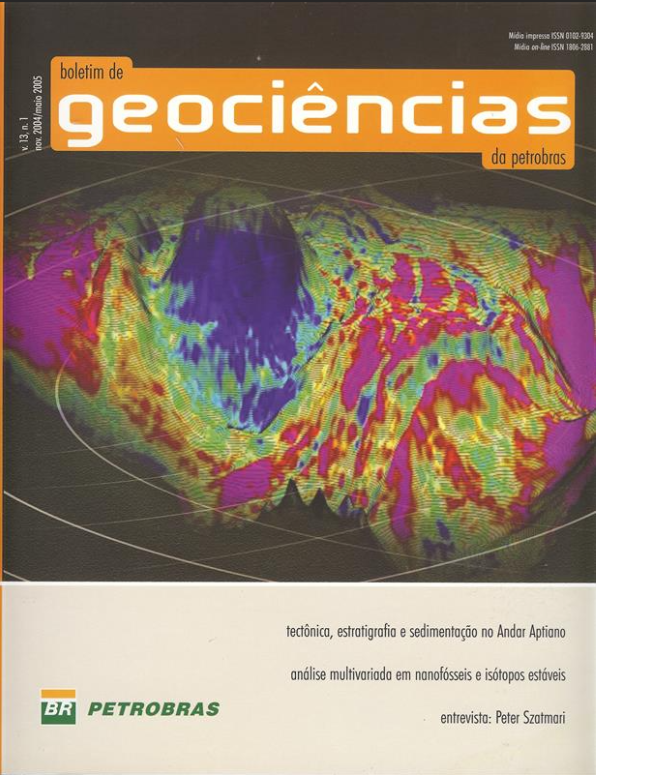The impact of triggering mechanism on flow dynamics and depositional geometry: results from an experimental study of non-conservative density currents
Keywords:
triggering mechanism, turbidity current, physical modeling, turbiditesAbstract
This study presents 28 physical simulations of non-conservative density currents used to evaluate their depositional patterns. Two different triggering mechanisms were used: lock gate and fluid injection. The impact of specific gravity, material type and grain size on the mixture were also checked. Dynamic and geometric features, such as head velocity and head/body height, were recorded. Results show flow velocity increase as concentration grows; deposition volumes present a general tendency to exponential decline with distance; the grain size range of the deposits decreases towards the distal portion of the channel. The results obtained have showed the efficiency of physical modeling in the study of turbidites in allowing correlations to be defined between currents and deposition patterns.


